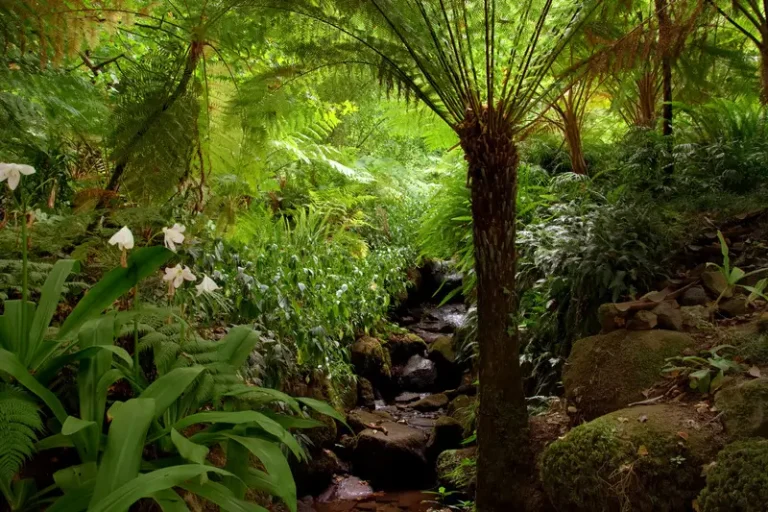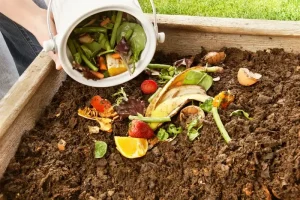Gardening is more than just a hobby; it’s a form of art. Many gardening enthusiasts aspire to create a lush, serene landscape reminiscent of the Garden of Eden. The secrets to achieving this paradise are thoughtful planning, diligent care, and creativity. This article delves into the art of Eden gardening, revealing essential tips and tricks to transform your outdoor space into a tranquil haven.
Understanding Eden Gardening
Eden gardening is about creating a harmonious and flourishing environment that mirrors the idyllic beauty of the biblical Garden of Eden. Creating a serene and flourishing landscape involves a comprehensive strategy that combines different aspects of nature to achieve a harmonious and vibrant outdoor environment.
The Philosophy Behind Eden Gardening
The essence of Eden gardening lies in cultivating a balanced ecosystem where plants, animals, and humans coexist peacefully. This philosophy emphasizes sustainability, biodiversity, and the symbiotic relationships among all living things.
Key Elements of an Eden Garden
To create an Eden garden, focus on these key elements:
- Diverse Plant Selection: Boost biodiversity by including a multiple range of plants in your garden or landscape.
- Water Features: Add ponds, streams, or fountains to enhance tranquility.
- Wildlife Habitats: Create spaces that attract and support local wildlife.
- Natural Landscaping: Use organic materials and natural designs to maintain ecological balance.
Planning Your Eden Garden
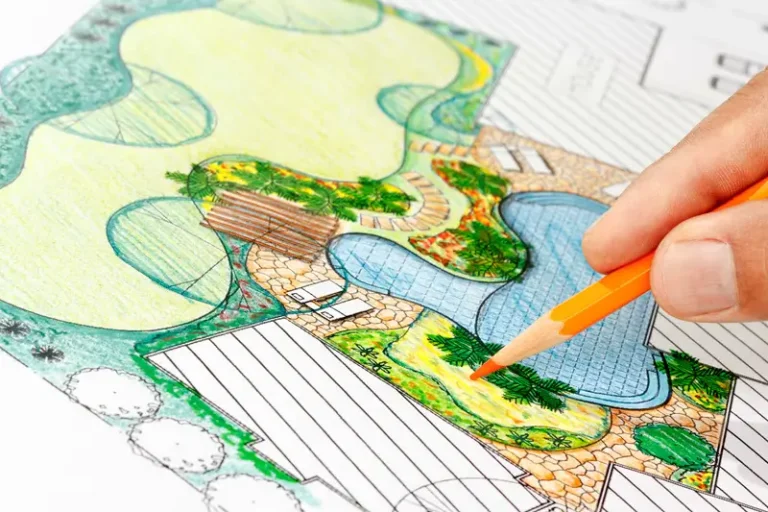
Successful Eden gardening starts with meticulous planning. Consider the following steps to lay the groundwork for your lush landscape.
Site Assessment
Assess your garden’s site to understand its unique characteristics:
- Soil Type: Determine the soil composition and its suitability for different plants.
- Sunlight Exposure: Identify areas with varying levels of sunlight to plan appropriate plant placement.
- Water Drainage: Evaluate the drainage patterns to prevent waterlogging and ensure healthy plant growth.
Designing Your Garden Layout
A well-thought-out garden layout is crucial for achieving a harmonious and aesthetically pleasing environment.
- Zoning: Divide your garden into different zones depending on the function of each area and the specific needs of your plant requirements.
- Pathways: Design pathways to navigate through your garden easily.
- Focal Points: Incorporate focal points like statues, arbors, or large plants to draw attention and create visual interest.
Selecting Plants for Your Eden Garden

Choosing the appropriate plants is vital for creating a lush and diverse garden. Here are some tips to guide your plant selection.
Native Plants
Consider choosing native plants for your garden, as they are naturally suited to the local climate and need minimal upkeep. Additionally, these plants contribute to the local ecosystem by offering food and shelter for nearby wildlife.
Perennials vs. Annuals
Combine perennials and annuals to create a beautiful and diverse garden. Perennials will offer enduring structure and stability, while annuals will introduce vibrant seasonal colors and a wide variety throughout the year.
Companion Planting
Practice companion planting to enhance plant health and growth. Certain plants benefit each other by repelling pests or improving soil fertility.
Nurturing Your Eden Garden
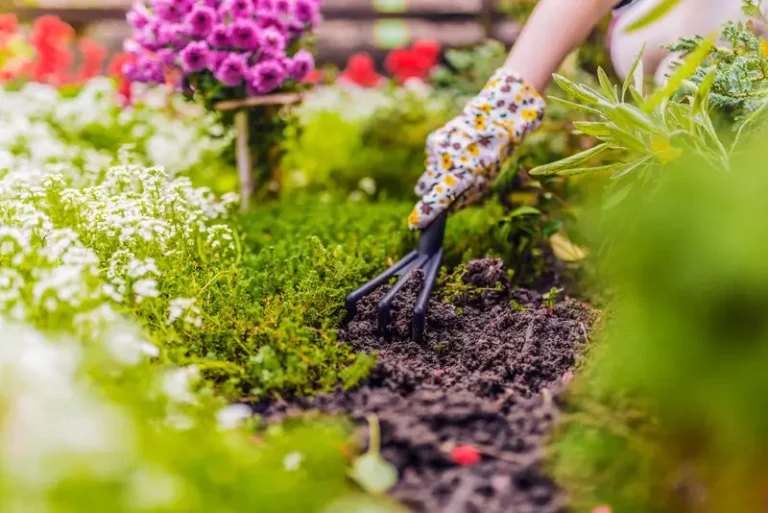
Once you’ve carefully planted your garden, it’s crucial to provide consistent care and attention to help it thrive and maintain its beautiful, peaceful atmosphere.
Watering Techniques
Watering is crucial for plant health. Use these techniques to optimize watering:
- Drip Irrigation: Minimizes water waste and delivers moisture directly to plant roots.
- Mulching: Keeps the soil moist, reducing the need for constant watering.
- Rainwater Harvesting: Collect and use rainwater to irrigate your garden sustainably.
Soil Management
Ensuring that your soil is healthy is crucial for the success of your garden. Regularly enriching your soil with organic matter, such as compost, is essential. Soil management will enhance its fertility and overall structure, providing an ideal environment for your plants to thrive.
Pruning and Maintenance
Regular pruning, which involves carefully removing specific parts of a plant, like branches, buds, or roots, is essential to maintaining your garden’s overall health and appearance. Proper maintenance practices, like weeding, mulching, and fertilizing, also create an environment supporting vigorous and flourishing plant growth. You must promptly remove dead or diseased plant material to prevent the spread of diseases.
Incorporating Water Features
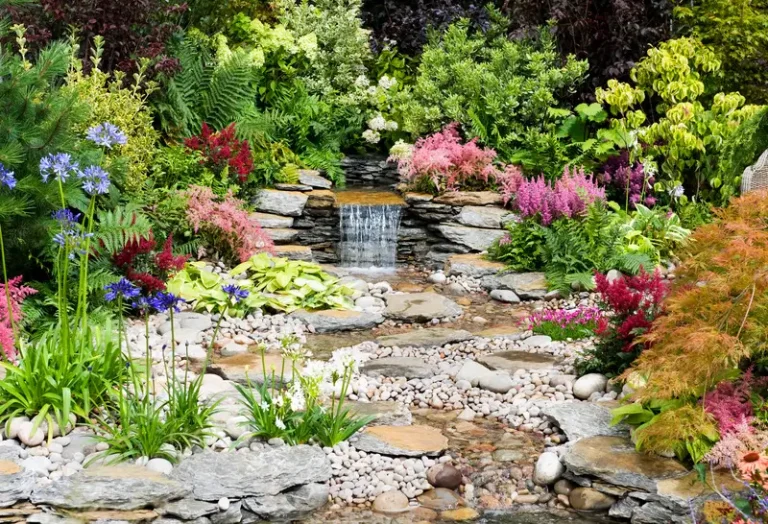
Adding a water feature to your garden, such as a fountain, pond, or waterfall, can introduce the serene sound of running water and the mesmerizing sight of reflections, creating a relaxing and visually captivating ambiance within your outdoor space.
Types of Water Features
Consider adding these water features to your Eden garden:
- Ponds: Support aquatic plants and attract wildlife.
- Fountains: Provide soothing sounds and visual interest.
- Streams: Create a naturalistic flow and integrate seamlessly into the landscape.
Maintaining Water Features
To maintain a healthy environment for aquatic plants and animals, it’s essential to regularly clean and maintain your water features to prevent algae growth. This maintenance will help ensure your aquatic ecosystem’s cleanliness and overall well-being.
Attracting Wildlife
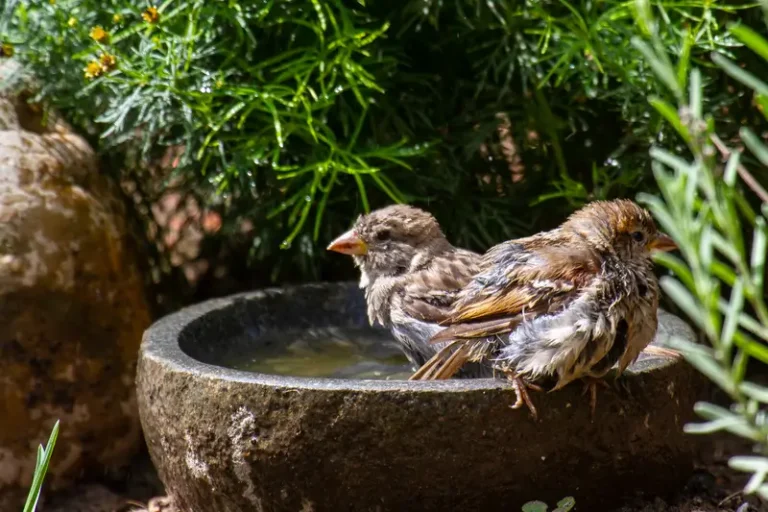
An Eden garden is incomplete without the presence of wildlife. Create a habitat that supports and attracts various creatures.
Bird-Friendly Features
Consider setting up bird feeders stocked with various seeds, installing birdbaths for drinking and bathing, and placing nesting boxes to provide shelter and breeding spaces for different bird species.
Pollinator Gardens
Consider planting various nectar-rich flowers that bloom throughout the season to attract important pollinators such as bees, butterflies, and hummingbirds. These pollinators facilitate the pollination of plants and play a crucial role in the health and vitality of your garden.
Wildlife Shelters
Provide shelters such as log piles, rock gardens, and hedges to create a welcoming environment for small animals and insects. These structures offer a safe refuge and a habitat for diverse wildlife to thrive.
Sustainable Gardening Practices
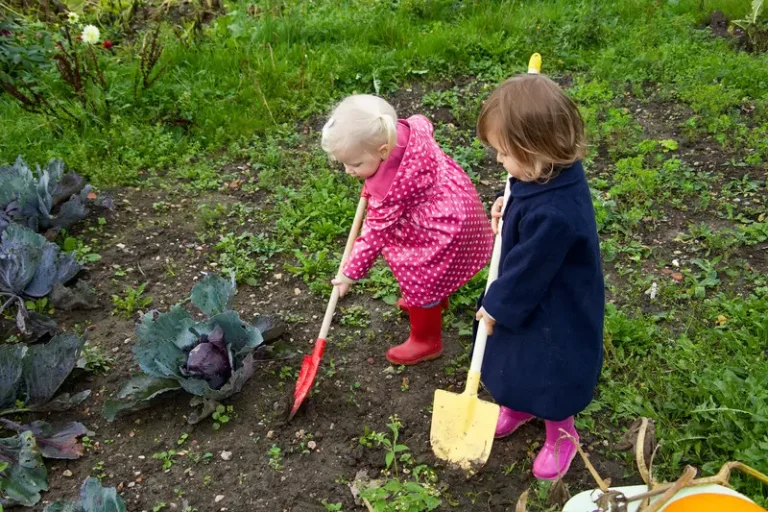
Embrace sustainable practices to ensure your garden remains a thriving ecosystem.
Organic Gardening
Avoid synthetic chemicals and fertilizers. Use organic alternatives to promote a healthy environment.
Composting
Composting is a beautiful method for repurposing garden waste and enhancing soil fertility. By creating a compost pile, you can facilitate the decomposition of organic materials, producing valuable, nutrient-rich compost for your garden or plants.
Water Conservation
Implement water-saving practices to conserve water and ensure the sustainability of your garden. These include drip irrigation systems, mulching the soil, and capturing rainwater for later use.
FAQ
What are the essential elements of an Eden garden?
To create a balanced ecosystem, an Eden garden should include diverse plant selections, water features, wildlife habitats, and natural landscaping.
How do I choose the right plants for my Eden garden?
To ensure a thriving garden, opt for native plants, a mix of perennials and annuals, and practice companion planting.
What sustainable practices can I implement in my garden?
Use organic gardening, composting, and water conservation techniques like drip irrigation and rainwater harvesting.
What are some strategies for drawing wildlife to my garden?
Install bird feeders, birdbaths, nesting boxes, plant pollinator-friendly flowers, and provide shelters like log piles and hedges.
What are the benefits of adding water features to my garden?
Water features enhance the garden’s tranquility, attract wildlife, and improve the aesthetic appeal.
How do I maintain the health of my garden soil?
Regularly incorporating organic materials like compost into the soil improves its fertility and helps maintain its physical structure. Furthermore, sustainable soil management practices are essential for ensuring its long-term health and productivity.
Conclusion
Creating an Eden garden is a rewarding journey that combines art, science, and nature. Understanding the principles of Eden gardening and implementing these secrets allows you to transform your outdoor space into a lush, serene landscape. To achieve a harmonious garden, embrace diversity, nurture your plants, and incorporate elements that attract and support wildlife. With patience and dedication, you’ll cultivate a piece of paradise in your backyard.

